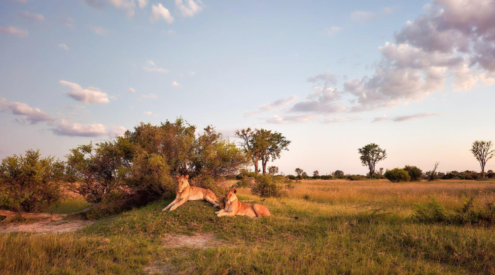In all likelihood God is a photographer – I know this because you need only look at Genesis. He created light on the very first day and saw that it was good. The trouble is the devil is in the details. Great light can make an awesome photograph out of nothing just as fast as bad light can ruin even the most fantastic of subjects.
The tricky thing is that often your camera sees the world in a very different way to your human eye. Knowing how to see, and think, light is about understanding how the mechanical eye of your camera captures what it sees. The best photographers have one thing in common: they’re able to predict how a camera will capture what they see in reality.
Colour
Light changes colour as the sun passes through its orbit on an average day. At sunset and sunrise, sunlight travels through a relatively thicker slice of atmosphere and is diffused or softened by air molecules.
These molecules filter out the shorter wavelengths of light – the green and blue components – resulting in the warm reds and oranges we associate with dusk and dawn. Photos shot in these so-called golden hours usually work best. At midday the light is strongest and is consequently harsh, blueish in colour and very contrasty, making it difficult to get good shots.
Harsh versus soft
Harsh direct light, typical of a sunny day, is hard to work with. Shadows tend to be intense and colours are muted. Unfortunately many photographers shoot most of their pictures during this time and the results are disappointing.
Try to shoot when the light is more diffused or softer in the early mornings or evenings. Alternatively, shoot in the shade, but be careful of strong blue colour casts in deep shadows.
Some photographers will place a diffuser – a large sheet of silk called a scrim (tracing paper works for smaller subjects) – between the sun and their subjects to soften the light.
Flat light
On overcast days, there’s very little light to work with and images tend to be grey. There are no highlights and deep shadows and photographers refer to this lack of contrast between bright and dark areas as flat.
Direction
Light travels in straight lines and the direction from which it strikes your subject can have massive effects on how your photograph is perceived.
- Front lighting (i.e. the sun behind the photographer) is good for highlighting detail in the subject, but if the light is too harsh it will result in flat, boring images.
- Side lighting hits the subject from the side and tends to accentuate texture and shadows.
- Back lighting often creates silhouettes, lining the subject with a thin, bright halo of light – often with dramatic results. These shots can be moody and are wonderful in creating atmospheric images.
Understanding how these three simple characteristics of light interact with your camera is the key to getting better images more often. Even if you don’t have a camera in your hand, make a habit of really looking at the light and you’ll start to see improvements in your images almost immediately.

Lovely warm evening light makes for the best photographs.

As night comes the colour and harshness of light changes to blue.

On overcast days there is little contrast or life in the shot, resulting in dull and lifeless images.


















